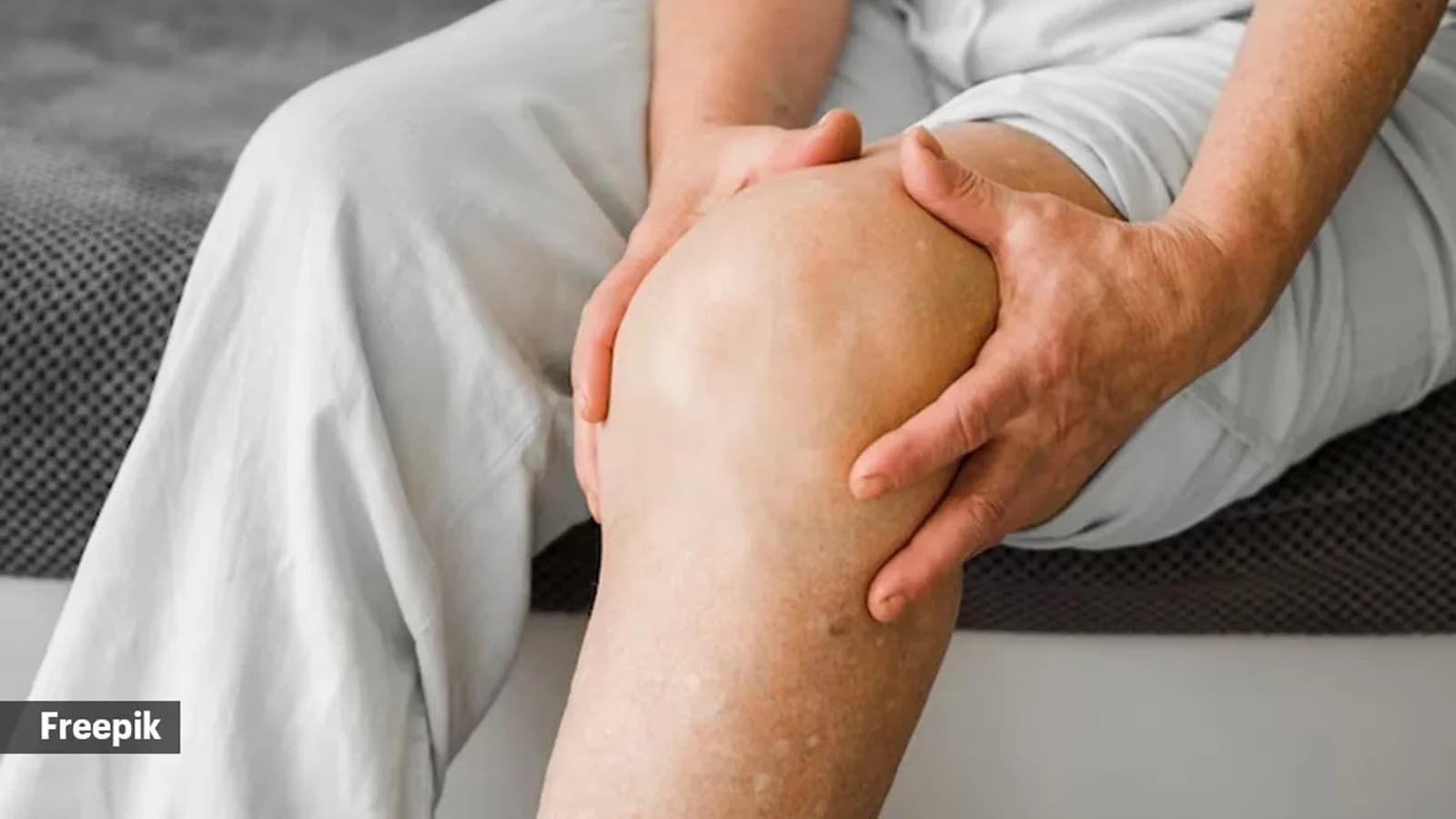If you drive a manual car for over two hours every day, you may be prone to a painful condition called a driver’s knee or patellar tendinopathy — which is characterised by an inflammation of the patellar tendon that connects the knee cap with the shin bone. “Poor posture while driving could be one of the causes of knee pain. If you are not positioning yourself properly, you could be increasing the strain on the knee joint. It is imperative that your knees are properly positioned to reach the accelerator, the brake, and the clutch,” Dr Manan Vora, an orthopaedic, said.
Notably, such cars require the driver to manually change gears using a gear stick, clutch, and pedal, whereas automatic cars do away with the driver needing to change the gears manually.
Dr Hemant Sharma, chairman, orthopaedics and joint replacement, Marengo Asia Hospitals Gurugram, apprised us that another name for the condition is patellofemoral pain syndrome (PFPS), which is a general term for discomfort that surrounds the patella, or kneecap, and occurs in front of the knee. “Since it is frequent in persons who sit for extended periods, it is also referred to as runner’s knee or jumper’s knee,” said Dr Sharma.
As driving involves extended periods of sitting with restricted leg movement, it exacerbates the driver’s knee. “The knee joint and surrounding tendons are strained by persistently applying pressure to the pedals, particularly the brake and accelerator. Driving can produce stiffness in the muscles surrounding the knee, resulting in inflammation and pain due to restricted motion and lack of flexibility. The issue can deteriorate over time due to the repetitive motion of pushing pedals and bad posture weakening the structures that support the knee,” described Dr Sharma.
 Here’s what to consider (Source: Freepik)
Here’s what to consider (Source: Freepik)
The pressure beneath the kneecap increases because the muscles are not sufficiently stretched, making it painful to get up after spending a lot of time seated. “Due to the pain and stiffness brought on by it, it may be difficult to walk stairs, bend over, and carry out other daily tasks,” said Dr Sharma.
Some preventive tips from Dr VoraL
*Don’t keep your seat too far back. Move slightly closer to the pedal.
*Your foot shouldn’t be at an angle greater than 30 degrees from your knee while using the pedals.
Story continues below this ad
*Ensure you position your knees precisely over the edge of the seat so that you have scope of knee movement
*Take breaks on long drives such that you step out of the car at least once every 45 minutes to stretch your legs.
Dr Sharma too shared some tips:
*Set the height of your seat such that your knees can bend 90 degrees without discomfort.
*To lessen continuous leg pressure, use cruise control when feasible. “You could also think about doing workouts that build stronger knee muscles. Strain can also be decreased by employing cushions to enhance sitting posture and by wearing knee support,” said Dr Sharma.
Story continues below this ad
DISCLAIMER: This article is based on information from the public domain and/or the experts we spoke to. Always consult your health practitioner before starting any routine.


